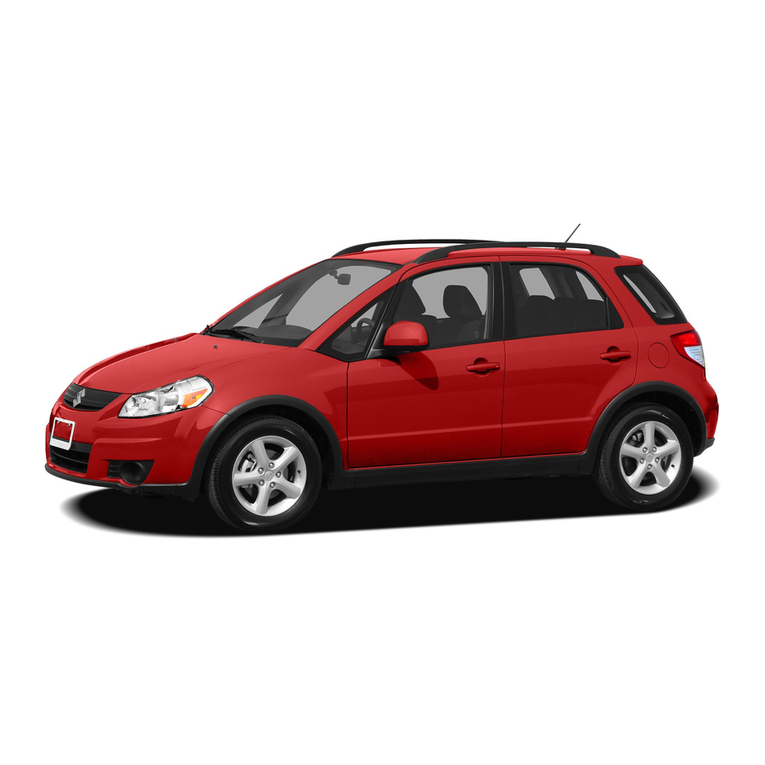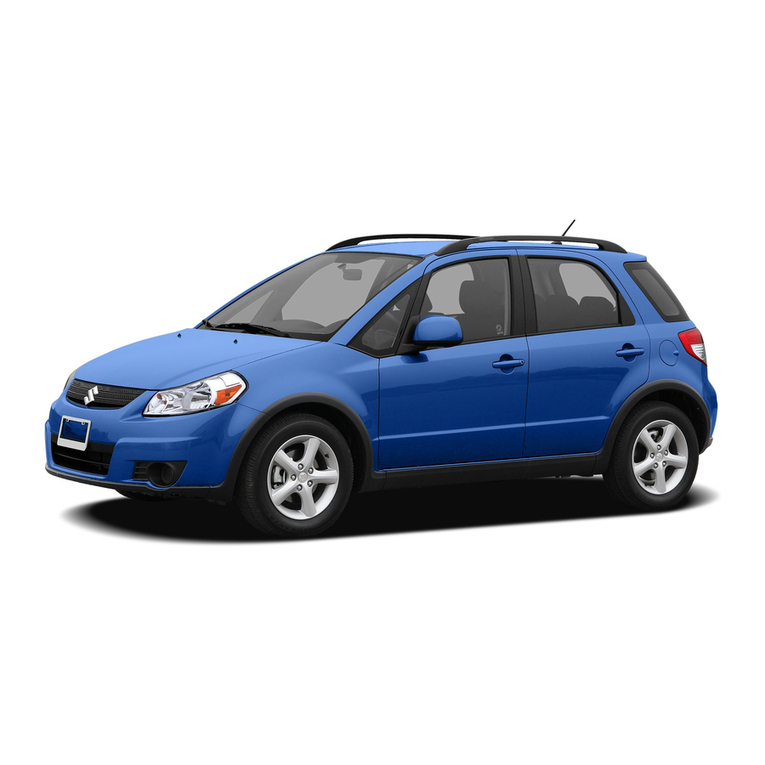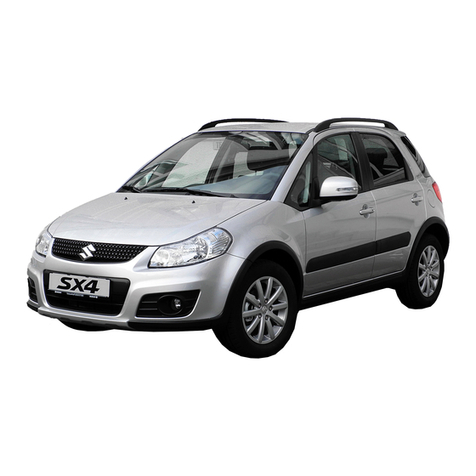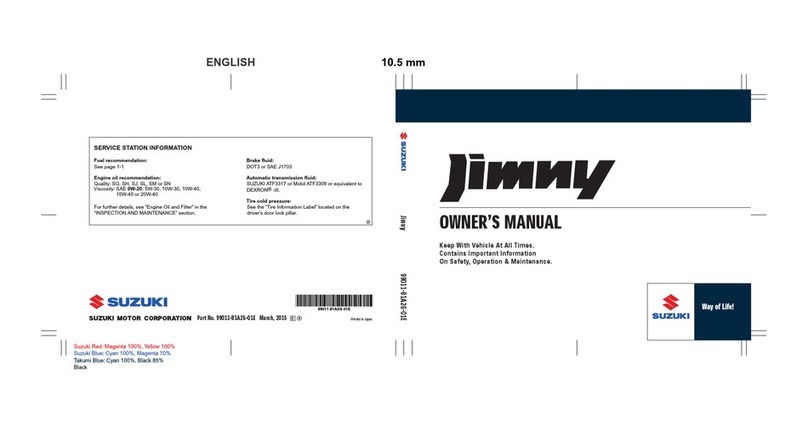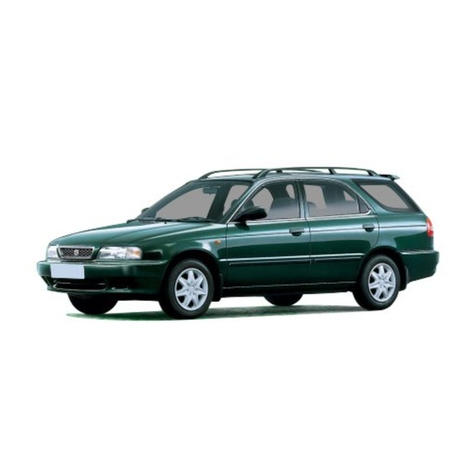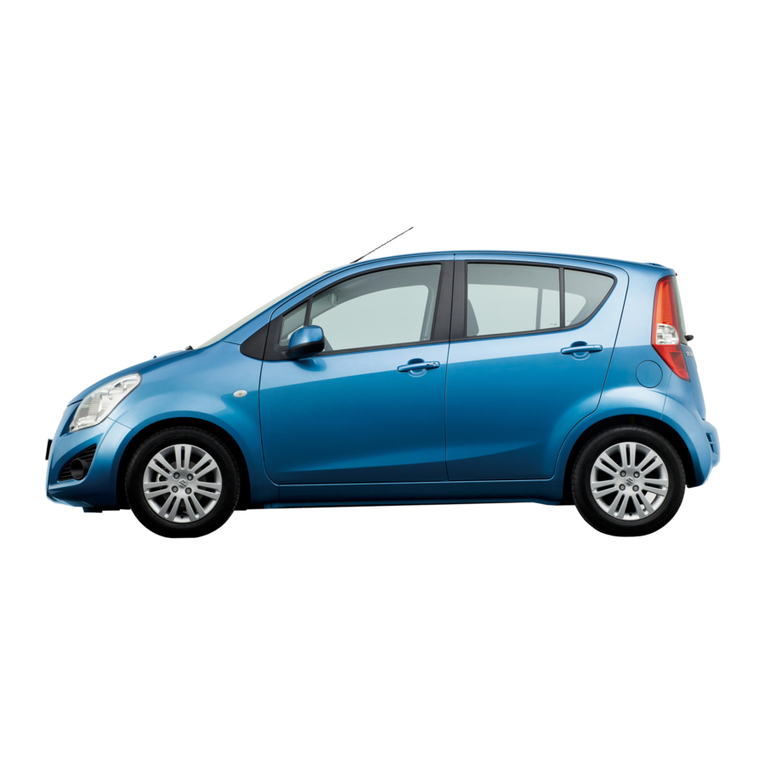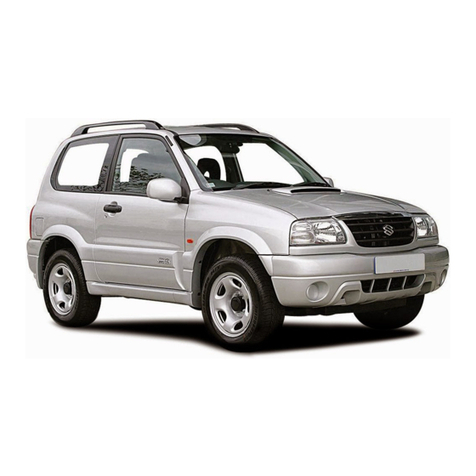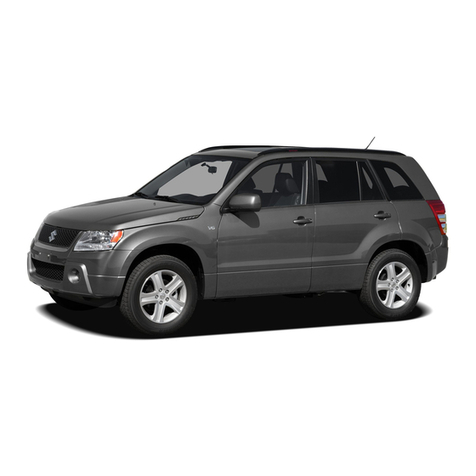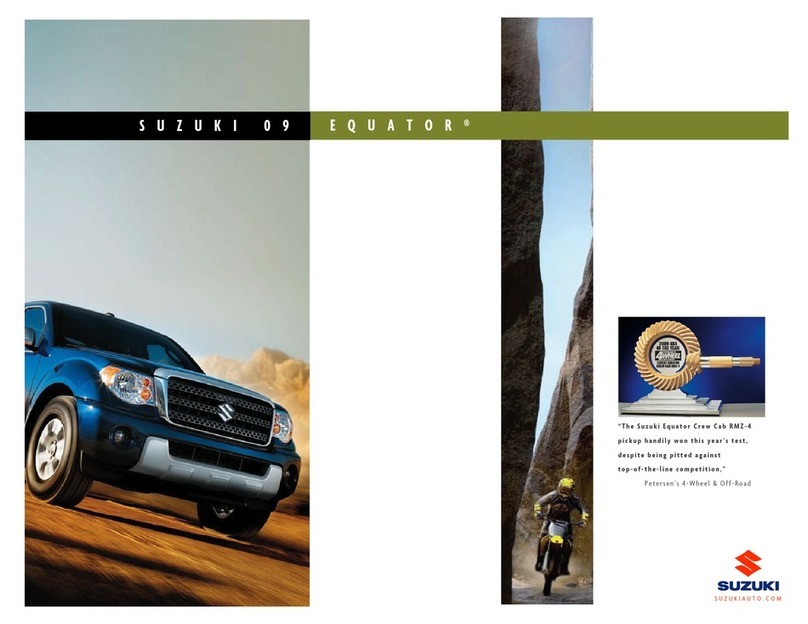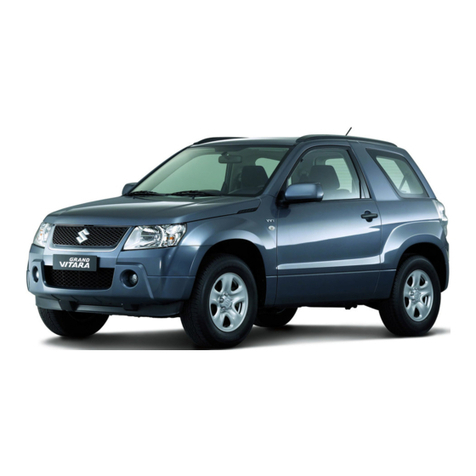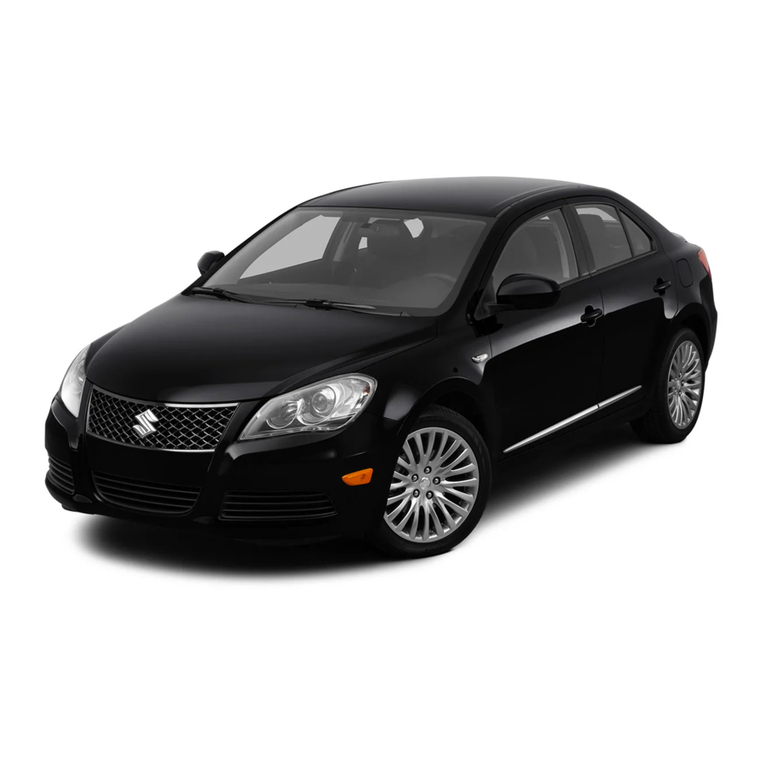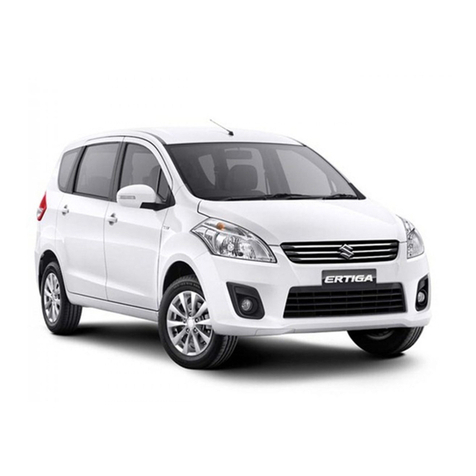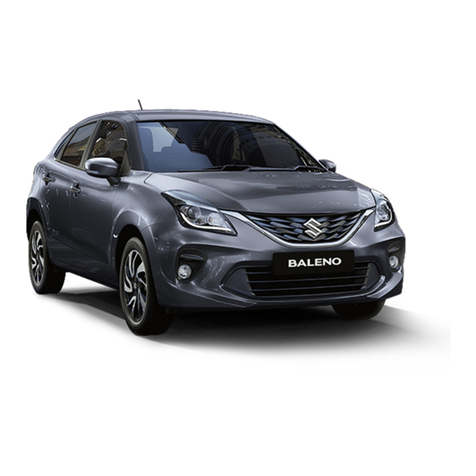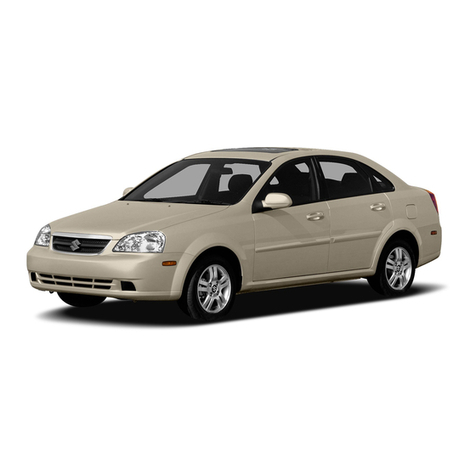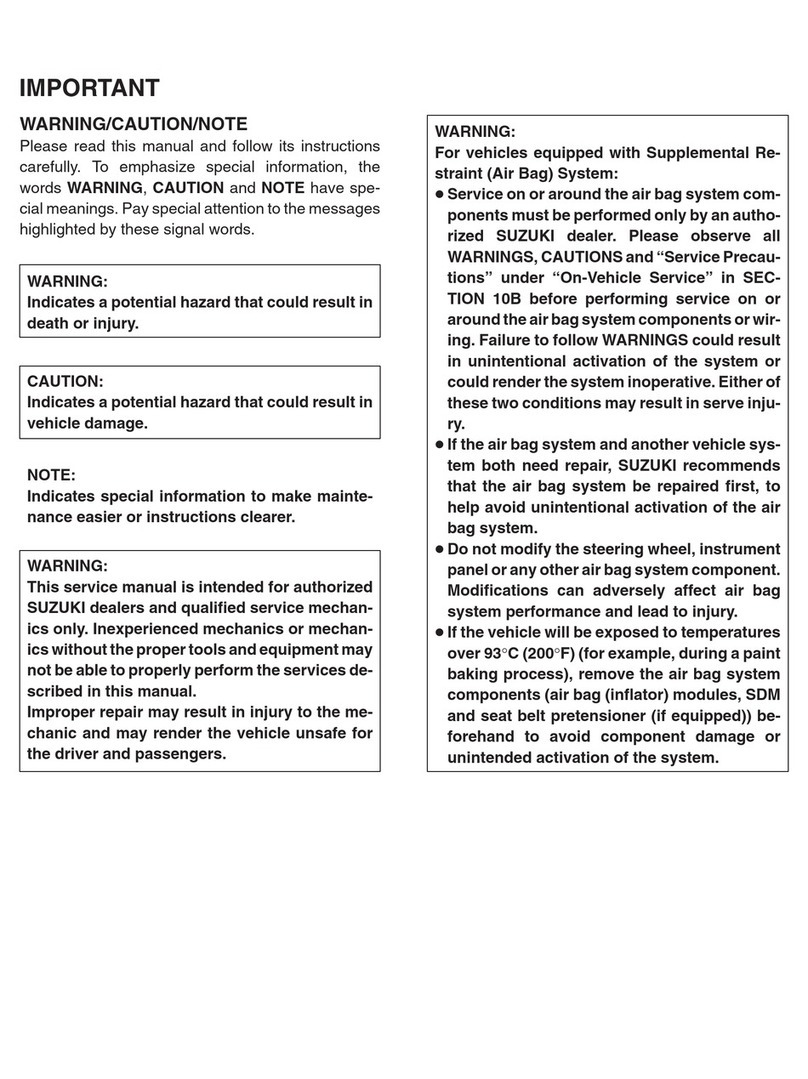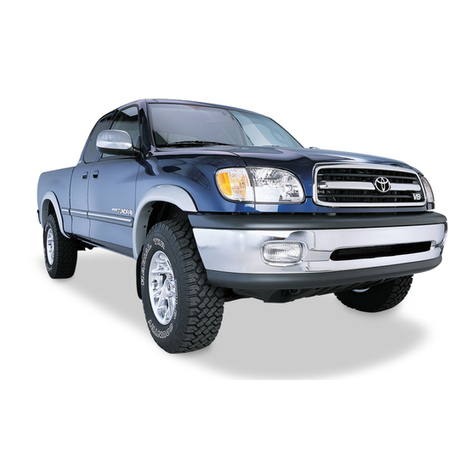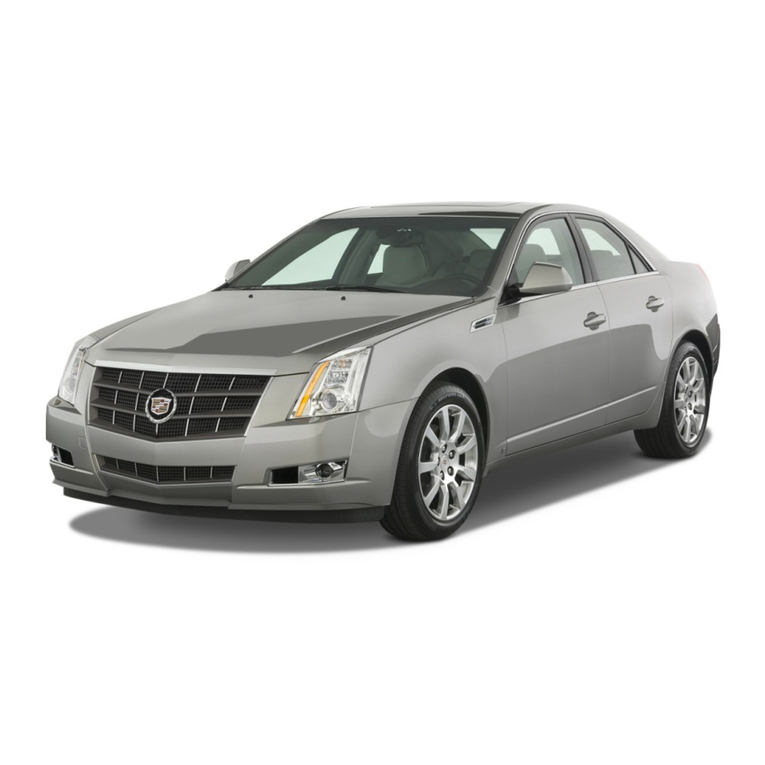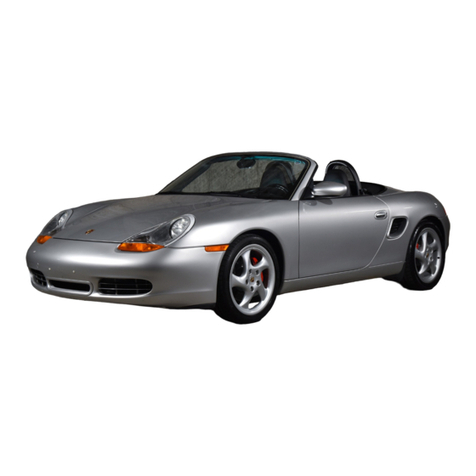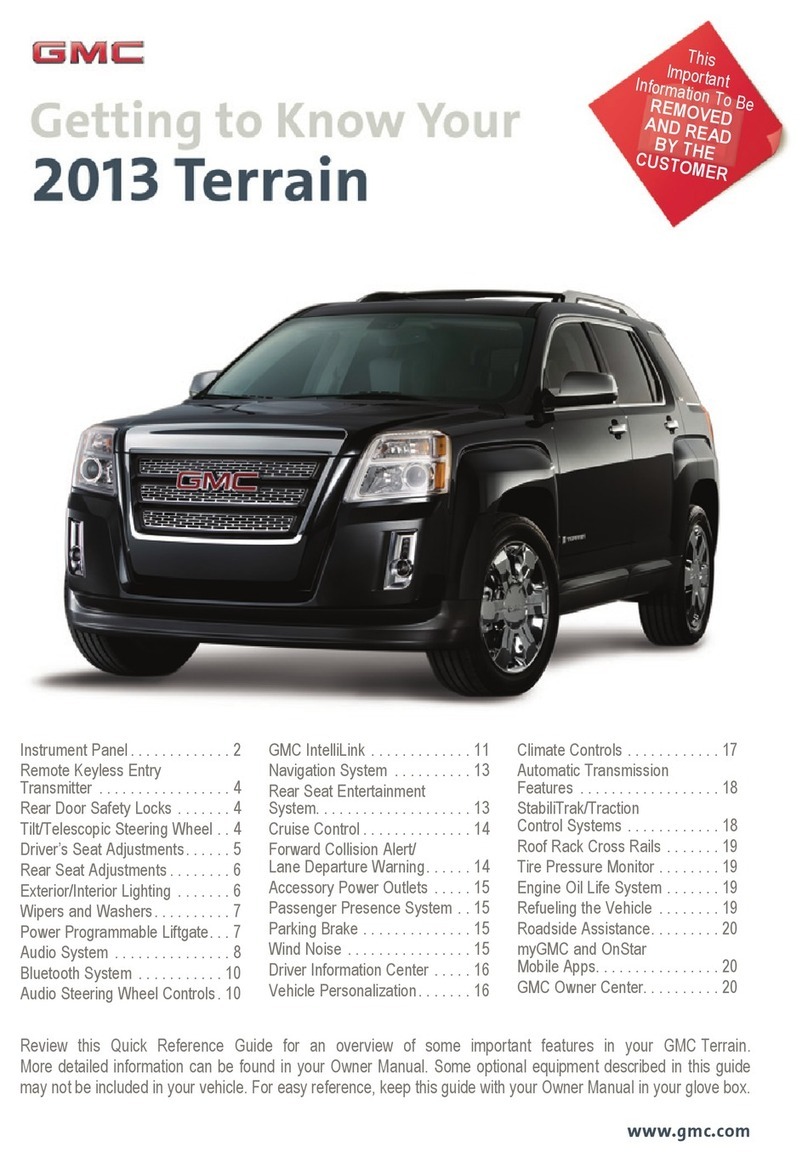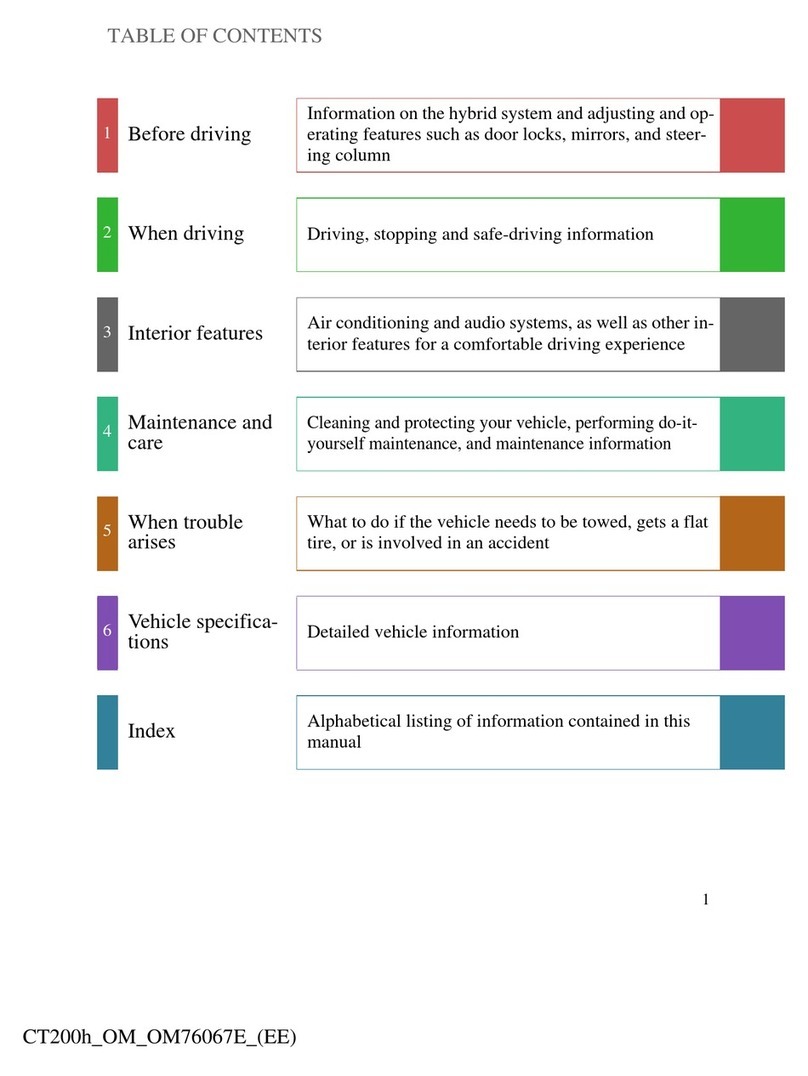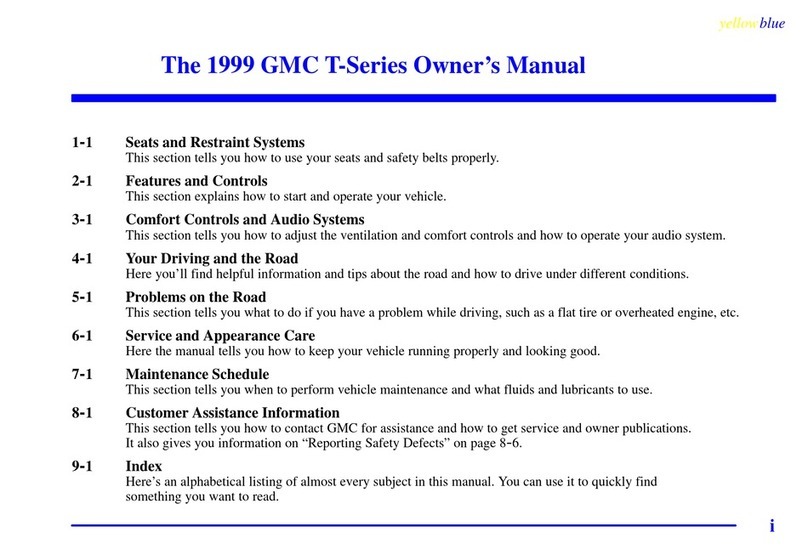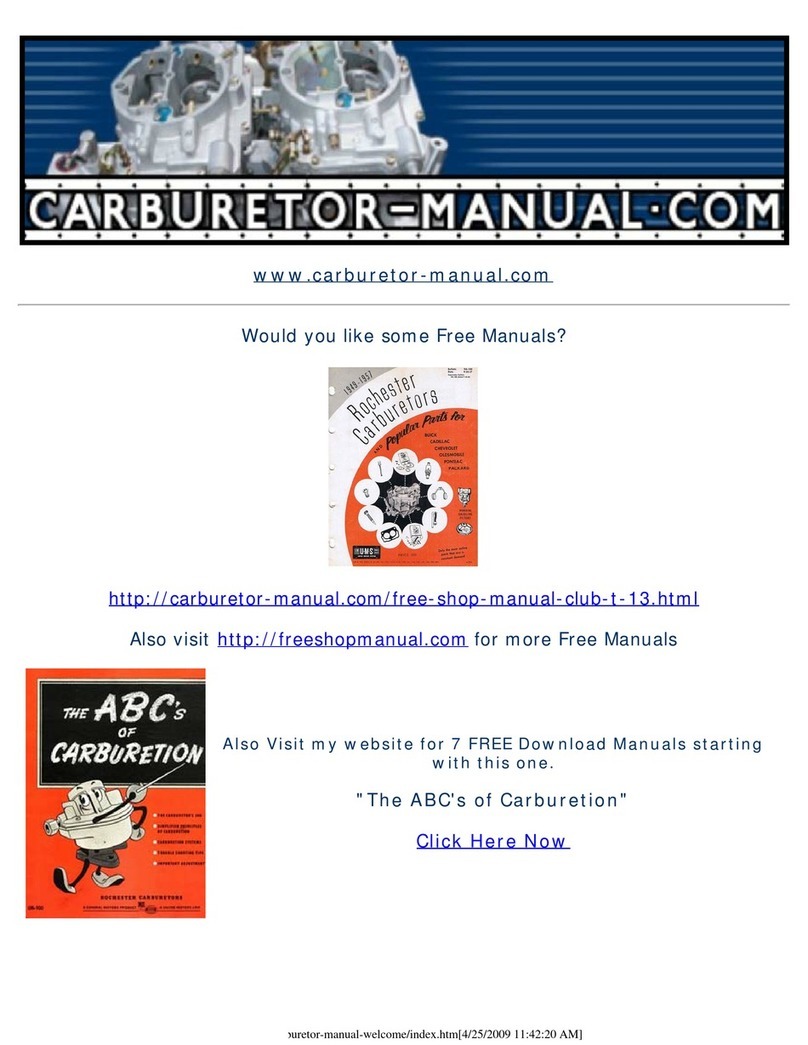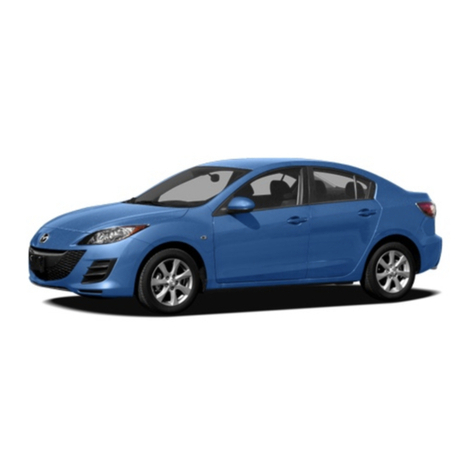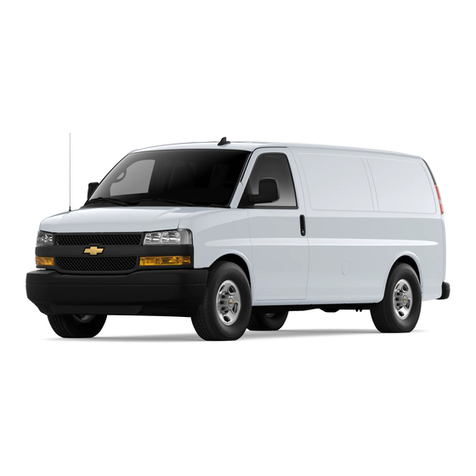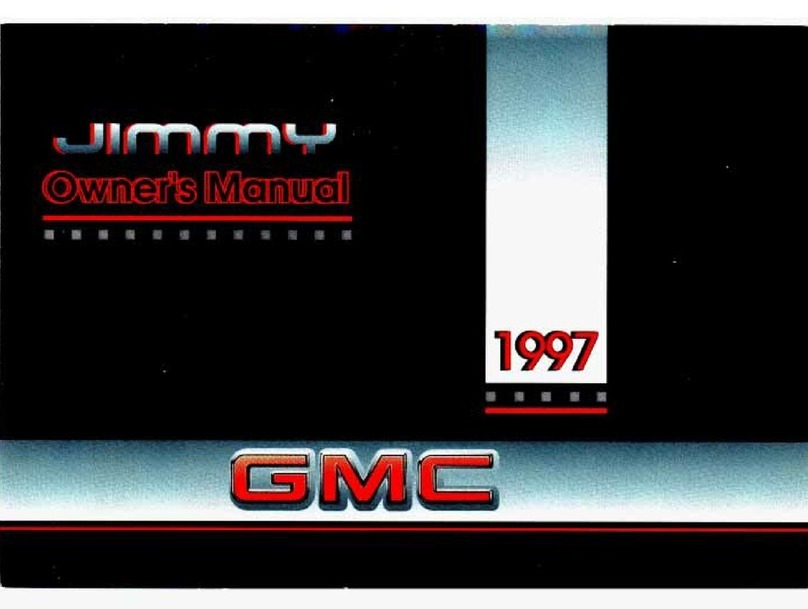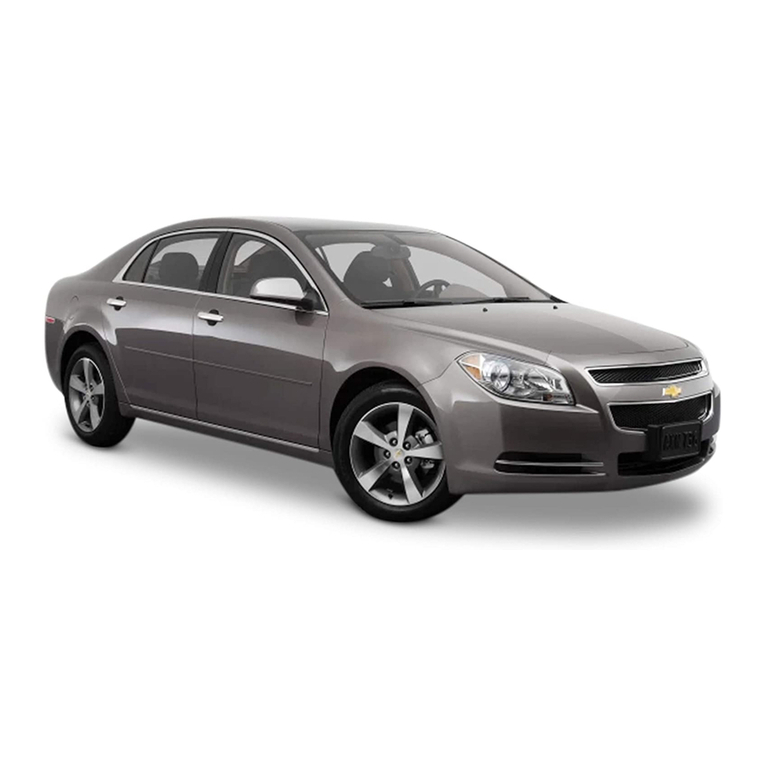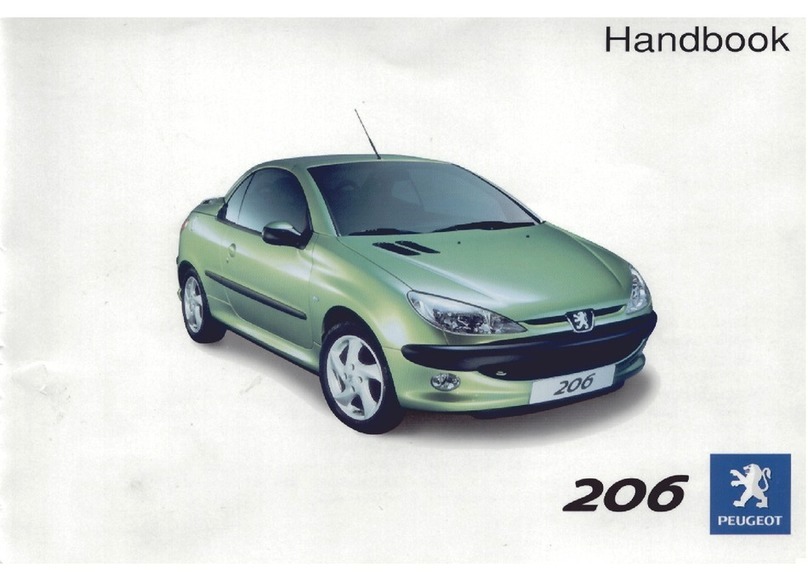
00-3 Precautions:
WARNING:
SDM
•ForhandlingandstorageofaSDM,select
a place where the ambient temperature
below 65 C (150 F), without high humidity
and away from electric noise.
•Duringserviceprocedures,beverycareful
when handling a Sensing and Diagnostic
Module (SDM). Never strike or jar the SDM.
•Neverpoweruptheairbagsystemwhen
the SDM is not rigidly attached to the
vehicle. All SDM and mounting bracket
fasteners must be carefully torqued and
the arrow must be pointing toward the
front of the vehicle to ensure proper
operation of the air bag system.
The SDM could be activated when powered
while not rigidly attached to the vehicle
which could cause deployment and result
in personal injury.
WARNING:
Driver and Passenger Seat Belt
Pretensioners
•Forhandlingandstorageofaliveseatbelt
pretensioner, select a place where the
ambient temperature below 65 C (150 F),
without high humidity and away from
electric noise.
•Nevercarryseatbeltpretensionerbywire
or connector of pretensioner. When
placing a live seat belt pretensioner on the
workbench or some place like that, never
put something on seat belt pretensioner.
Otherwise, personal injury may result.
•Neverdisposeoflive(inactivated)seatbelt
pretensioners (drive and passenger). If
disposal is necessary, be sure to activate
them according to activation procedures
described in “Air Bag (Inflator) Module and
Seat Belt Pretensioner Disposal: in
Section 8B” before disposal.
•Theseatbeltpretensionerimmediately
after activation is very hot. Wait for at least
half an hour to cool it off before
proceeding the work.
•Withmanyserviceprocedures,glovesand
safety glasses should be worn to prevent
any possible irritation of the skin or eyes.
•Evenwhentheaccidentwaslightenoughnotto
cause air bags to activate, be sure to inspect system
parts and other related parts according to instructions
under “Repair and Inspection Required after Accident:
in Section 8B”.
•Whenservicingpartsotherthanairbagsystem,if
shocks may be applied to air bag system component
parts, remove those parts beforehand.
•Whenhandlingtheairbag(inflator)modules(driver,
passenger, side and curtain), seat belt pretensioners
(driver and passenger), forward sensor, side sensors
or SDM, be careful not to drop it or apply an impact to
it. If an excessive impact was applied, never attempt
disassembly or repair but replace it with a new one.
•Whengrease,cleaningagent,oil,water,etc.hasgot
onto air bag (inflator) modules (driver, passenger, side
and curtain) or seat belt pretensioners (drive and
passenger), wipe off immediately with a dry cloth.
•Airbagwireharnessisincludedinfloorand
instrument panel wire harnesses. Air bag wire
harness branched off from floor and instrument panel
wire harnesses can be identified easily as it is covered
with a yellow protection tube and it has yellow
connectors. Be very careful when handling it.
•Whenanopeninairbagwireharness,damagedwire
harness, connector or terminal is found, replace wire
harness, connectors and terminals as an assembly.
•Donotapplypowertotheairbagsystemunlessall
components are connected or a diagnostic flow
requests it, as this will set a DTC.
•Neveruseairbagsystemcomponentpartsfrom
another vehicle.
•Whenusingelectricwelding,besuretodisconnectall
air bag (inflator) module connectors and pretensioner
connectors from air bag wire harness respectively.
•Neverexposeairbagsystemcomponentparts
directly to hot air (drying or baking the vehicle after
painting) or flames.
• WARNING / CAUTION labels are attached on each
part of air bag system components. Be sure to follow
the instructions.
•Aftervehicleiscompletelyrepaired,perform“AirBag
Diagnostic System Check: in Section 8B”.
General Precautions
S4RS0A0000002
The WARNING and CAUTION describe some general
precautions that you should observe when servicing a
vehicle. These general precautions apply to many of the
service procedures, and they will not necessarily be
repeated with each procedure to which they apply.
